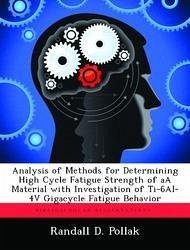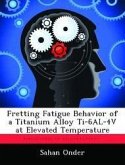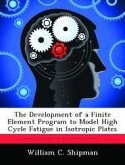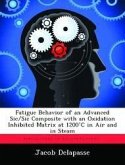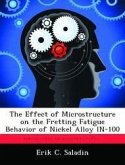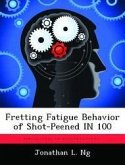The onset of mechanical failures due to metal fatigue has been a constant source of concern for engineers ever since the initial discoveries of fatigue-related phenomena in the early 1800s. Today, aerospace engineers still grapple with the qualitative and quantitative understanding of fatigue behavior in the design and testing of turbine-driven jet engines. The Department of Defense has taken a very active role in addressing this problem with the formation of the National High Cycle Fatigue Science and Technology Program in 1994. The primary goal of this program is to further the understanding of high cycle fatigue (HCF) behavior and develop methods in order to mitigate the negative impact of HCF on aerospace operations. This research supports this program by addressing the fatigue strength testing guidance currently provided by the DoD to engine manufacturers, with the primary goal to investigate current methods and recommend a test strategy to characterize the fatigue strength of a material at a specified number of cycles, such as the 109 design goal specified by MIL-HDBK-1783B, or range of cycles
Bitte wählen Sie Ihr Anliegen aus.
Rechnungen
Retourenschein anfordern
Bestellstatus
Storno

